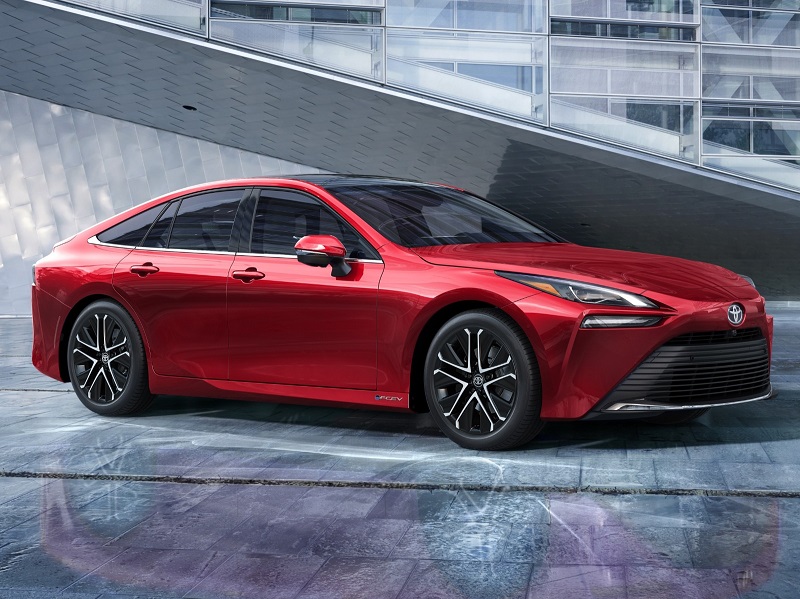New Delhi – Hold onto your power cords—India’s electricity demand is all set to light up the grid with a projected annual growth of 6.0-6.5% over the next five years, according to credit rating agency ICRA. The catalysts behind this electric ambition? A trio of high-voltage disruptors: electric vehicles, green hydrogen, and data centres—or as ICRA might describe them, the Holy Trinity of the Energy Transition Era.
Vikram V, Vice President & Co-Group Head at ICRA, said, “This isn’t just a phase—India’s grid is entering its growth spurt, with demand led by EVs buzzing, servers humming, and hydrogen molecules dreaming green.” In contrast to the average 5% CAGR over the past decade, the new power surge feels like the grid has just gulped an espresso shot.
From Sockets to Servers: What’s Driving the Charge?
- EV Revolution: With three-wheelers zipping ahead, e-buses catching up, and two-wheelers silently creeping into every lane, India’s roads are going electric faster than ever.
- Data Centres: As AI, 5G, and video streaming bloat our digital appetites, servers are working overtime—and they’re always hungry for juice.
- Green Hydrogen: Still a high-cost experiment but slowly gaining scale, India’s foray into the green hydrogen economy is adding watts to the national ambition.
These sectors alone are expected to account for 20-25% of the incremental power demand by FY2030. So yes, even your Netflix binge may soon be contributing to the national grid story.
Monsoons May Cool Demand, but the Grid Stays Hot
ICRA expects FY2026 demand growth to settle at 5.0-5.5%, slightly less zappy than GDP growth projections. The reason? A forecasted above-average monsoon season—bad news for air conditioners, good news for raincoats.
However, that’s still a jump from 4.2% in FY2025, proving the grid isn’t short of motivation, even if the weather plays spoilsport.
Capacity on Steroids: 44 GW Incoming
India’s total generation capacity is headed for a record-smashing 44 GW addition in FY2026, up from 34 GW in FY2024. This includes:
- 9-10 GW from thermal power (yes, coal still gets a seat at the table),
- and the rest from the renewables brigade.
Thermal PLF is expected to remain stable at 70%, mostly because renewable generation is picking up pace and the coal stack is looking beefy with 20-day reserves—its highest in five years.
Tariff Shock? Not Quite.
While power demand heats up, spot tariffs in the day-ahead market (DAM) have actually cooled off, averaging Rs. 4.4/unit in FY2025, down from Rs. 5.2/unit in FY2024. You can thank higher generation and comfortable coal stocks for that. A silent nod to boring reliability.
Discoms: The Party’s Over, Bills Are Due
Despite some subsidies and polite tariff hikes, India’s distribution companies (discoms) are still balancing on a financial tightrope. Their debt ballooned to Rs. 7.4 trillion as of March 2024 (up from Rs. 6.6 trillion in just one year), and the cash gap remains stubbornly high at 35 paise/unit.
ICRA has kept a ‘Negative’ outlook for the distribution segment, which is still struggling with low tariffs and loss-making operations—proof that even in a high-voltage world, someone’s still forgetting to pay the meter.






